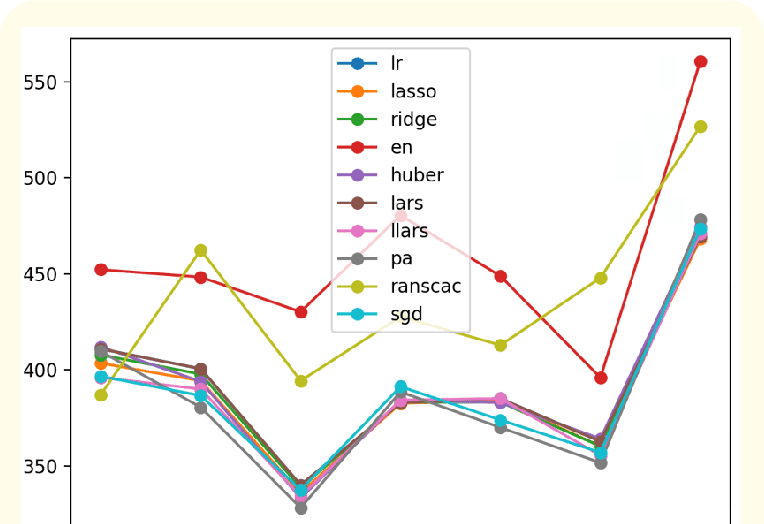What is Time Series Analysis?
Aug 13, 2024

Time Series Analysis is a statistical technique that deals with time-ordered data points, allowing analysts to identify trends, seasonal patterns, and other temporal dynamics. This method is crucial in various fields such as finance, economics, environmental science, and healthcare, where understanding past behaviors can inform future predictions.
Understanding Time Series Data
Time series data consists of observations collected sequentially over time. This data can be recorded at regular intervals, such as hourly, daily, weekly, or monthly. Examples include:
Stock Prices: Daily closing prices of a stock.
Weather Data: Hourly temperature readings.
Sales Figures: Monthly sales data for a retail store.
Key characteristics of time series data include:
Trend: The long-term movement in the data.
Seasonality: Regular fluctuations that occur at specific intervals, such as increased retail sales during holidays.
Cyclic Patterns: Longer-term fluctuations that are not regular.
Irregularity: Random, unpredictable variations in the data.
Key Concepts in Time Series Analysis
Understanding time series analysis involves several fundamental concepts:
Stationarity: A stationary series has constant statistical properties over time. Non-stationary data can lead to misleading analyses.
Decomposition: Breaking down a time series into its components—trend, seasonality, and irregularity—helps in understanding the underlying patterns.
Autocorrelation: This measures how current values of the series relate to its past values, which is crucial for model selection.
Steps to Perform Time Series Analysis
To conduct a time series analysis, follow these steps:
Data Collection: Gather relevant time series data, ensuring its quality and consistency.
Data Visualization: Plot the data to visually inspect trends, seasonality, and outliers.
Stationarity Testing: Use tests like the Augmented Dickey-Fuller test to check for stationarity.
Decomposition: Separate the time series into its components to analyze each part.
Model Selection: Choose appropriate statistical models based on the data characteristics.
Forecasting: Use the selected models to predict future values.
Popular Techniques in Time Series Analysis
Several techniques are commonly used in time series analysis:
Moving Averages: This technique smooths the data to identify trends by averaging a fixed number of past observations.
Exponential Smoothing: This method assigns exponentially decreasing weights to past observations.
ARIMA (Auto Regressive Integrated Moving Average): This model combines autoregression and moving averages, making it suitable for non-stationary data.
Applications of Time Series Analysis
Time series analysis is widely used across various industries:
Finance: Forecasting stock prices and assessing market trends.
Economics: Analyzing economic indicators like GDP or unemployment rates.
Healthcare: Predicting disease outbreaks based on historical data.
Environmental Science: Monitoring climate change through temperature and pollution data.
Challenges in Time Series Analysis
While powerful, time series analysis faces several challenges:
Missing Data: Handling gaps in data can complicate analysis.
Non-Stationarity: Many time series are non-stationary, requiring transformations to stabilize the mean and variance.
Overfitting: Complex models may fit historical data well but perform poorly on unseen data.
Conclusion
Time series analysis is an invaluable tool for understanding temporal data and making informed predictions. By employing various techniques and models, analysts can uncover insights that drive decision-making in diverse fields. As the volume of time series data continues to grow, mastering this analytical approach will be increasingly vital for businesses and researchers alike.